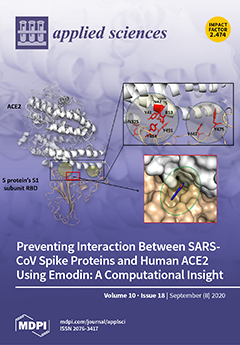The coastline environment and urban areas of Peru overlooking the Pacific Ocean are among the most affected by El Niño-Southern Oscillation (ENSO) events, and its cascading hazards such as floods, landslides and avalanches. In this work, the complete archives of the European Space
[...] Read more.
The coastline environment and urban areas of Peru overlooking the Pacific Ocean are among the most affected by El Niño-Southern Oscillation (ENSO) events, and its cascading hazards such as floods, landslides and avalanches. In this work, the complete archives of the European Space Agency (ESA)’s European Remote-Sensing (ERS-1/2) missions and European Commission’s Copernicus Sentinel-1 constellation were screened to select synthetic aperture radar (SAR) images covering the most severe and recent ENSO-related flooding events that affected Lima, the capital and largest city of Peru, in 1997–1998 and 2017–2018. Based on SAR backscatter color composites and ratio maps retrieved from a series of pre-, cross- and post-event SAR pairs, flooded areas were delineated within the Rímac River watershed. These are mostly concentrated along the riverbanks and plain, where low-lying topography and gentle slopes (≤5°), together with the presence of alluvial deposits, also indicate greater susceptibility to flooding. A total of 409 areas (58.50 km
2) revealing change were mapped, including 197 changes (32.10 km
2) due to flooding-related backscatter variations (flooded areas, increased water flow in the riverbed, and riverbank collapses and damage), and 212 (26.40 km
2) due to other processes (e.g., new urban developments, construction of river embankments, other engineering works, vegetation changes). Urban and landscape changes potentially contributing, either detrimentally or beneficially, to flooding susceptibility were identified and considered in the overall assessment of risk. The extent of built-up areas within the basin was mapped by combining information from the 2011 Global Urban Footprint (GUF) produced by the German Aerospace Center (DLR), the Open Street Map (OSM) accessed from the Quantum GIS (QGIS) service, and 2011–2019 very high-resolution optical imagery from Google Earth. The resulting flooding risk map highlights the sectors of potential concern along the Rímac River, should flooding events of equal severity as those captured by SAR images occur in the future.
Full article





